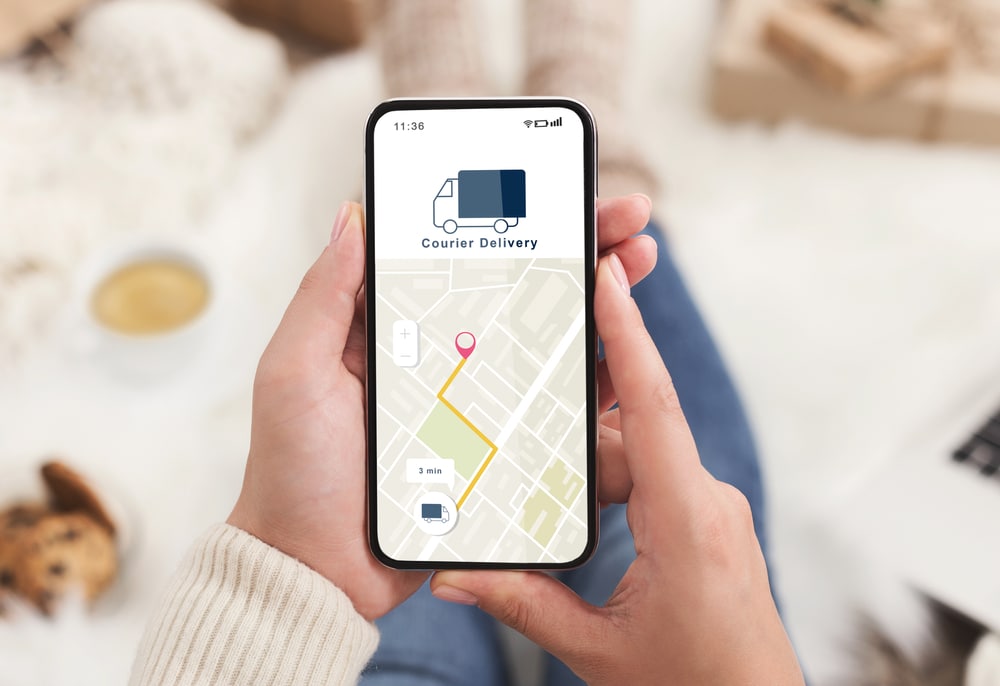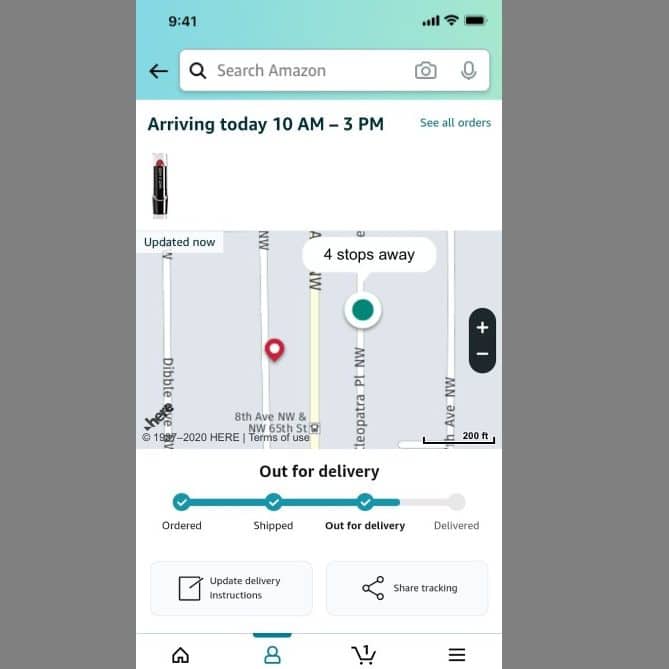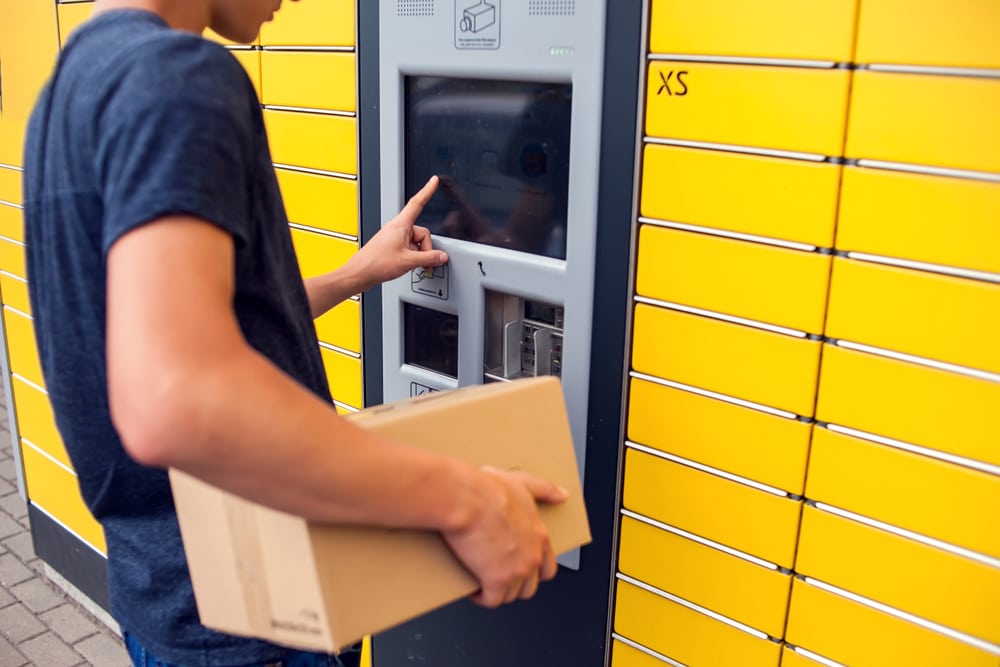Insight / Blog
Digital transformation isn’t just a buzzword; it’s the foundation for last-mile success

Summary: Posts and parcel carriers need to transform their businesses, and they need technology to do so.
The term ‘Digital transformation’ is thrown about so often that it’s become an unhelpful marketing buzzword. This is because the ill-defined term has different meanings to different people, even people within the same business.
Despite the flaws, digital transformation can be beneficial with a bit of refinement and a different mindset. Posts and parcel carriers do need to transform, and they need technology to do so. In this article, we’ll set out a practical approach to digital transformation for posts and parcel carriers in the first and last mile.
The current issue with digital transformation
As soon as the words digital transformation are uttered, you’ll usually get some people who don’t want anything to do with the phrase, or who switch off the conversation entirely.
Alone, both ‘digital’ and ‘transformation’ are ambiguous words with various meanings. When combined, the lines blur even more. To some people, digital transformation is a time-limited project – 5 or 10 years to ‘digitise’ a company. This implies digital transformation is a one-time event – but businesses should never stop trying to improve processes or increase efficiency, so why would digital improvements be any different?
So the term is pretty loaded with unwelcome baggage, but there are some essential ideas contained in its nebulous cloud of concepts:
-
Businesses have historically needed to change a lot about how they operate
-
Digital technology has been key to unlocking productivity and efficiency, and this is a continuing process
-
Changing the mindset of an organisation to focus on delivering value for customers can help enable really big and important changes to happen
Ecommerce logistics is not short of big and important changes required – think of the challenges of sustainability, of growing parcel volumes and returns, and of increasing costs and shrinking margins. Addressing these will clearly require significant transformation and digital capabilities.
The practical approach to digital transformation in the first and last mile
The starting point should be a merchant or end-user perspective, understanding their challenges and finding ways to improve their experience. Let’s take order tracking as an example.
For most carriers, tracking information has barely evolved since its inception. Shoppers get a tracking number, an email update, and a dedicated portal to check the latest activity if they’re lucky. But this information is only ever collected at a few ‘check-in’ points, such as processed at the warehouse or out for delivery, which can appear days apart. There’s no more granular information or real-time view of when consumers can expect parcels.
Compare this with new services from Uber or food delivery services, where consumers receive live map locations and specific time estimates. This technology has been in consumers’ lives for several years now, it’s what they know and love, and it has set a standard. Right now, traditional parcel tracking services just aren’t hitting that mark.
On the other hand, Amazon recognised this need from consumers and introduced a live map for the last mile of their deliveries. First, shoppers get push notifications to the app at every journey stage, with more granular time updates. When the parcel enters a specific range of the consumer (presumably triggered by time or drop-off number), they can also access a live map of the driver with a countdown of how many stops are left until their house.
Amazon started with the consumer need, envisioned how it could better serve its customers, and then developed the tools needed to achieve it. That’s digital transformation in action.

Don’t have Amazon’s level of resources?
Very few companies have the resources to build solutions in the same manner that the Seattle giant does. But that doesn’t mean you can’t envision better ways to serve consumers using already available technology. You don’t need to reinvent the wheel to improve processes and efficiency.
It’s about focusing on what customers need and want, and finding a way to deliver it. Failing to do so will be dangerous, as Accenture writes: “if the big players in the logistics industry persist in their “business as usual” approach, they might rapidly lose their competitiveness and simply be wiped out by younger, more agile businesses who are eager to adapt.”
That’s why Amazon is a great example – it has recognised consumer desires and built solutions based on them. Although you won’t have access to the seemingly infinite funding it does, you do have a powerful resource at your disposal: data.
Data plays a key role in digital transformation. The goal for carriers and posts should be the ability to capture relevant data, then understand and harness it to make strategic decisions and implement new solutions. As Doddle CEO Tim Robinson said previously: “Imagine carriers who know what they’re carrying, who ordered it, what else they have ordered, and how they prefer to receive those orders?”
If carriers started harnessing this data, imagine what kind of actionable information would come from it, not just for carriers but merchants as well. Providing this intelligence to merchants could allow carriers to secure new relationships or command a premium for the data. Used correctly, this could shift sales conversations from price-orientated decision-making to value-based.
Some of these big-picture ideas will be a few years away, but it’s where carriers and posts should aim to go if they are serious about digital transformation.
What can carriers do now?
Returns are one of the most significant areas that carriers and posts can focus their digital transformation efforts on right now. Since December 2012, returns volumes have been growing faster than parcel volumes – and are now four to five times higher than they were a decade ago, reaching rates of up to 40% for certain retailers. For merchants, return rates are at a crisis point that has had a detrimental effect for some, including Boohoo, whose profits have sunk by 94%, or Missguided, who had to be rescued from administration.
Retailers are desperate for better returns solutions to improve their margins, while consumers need better returns experiences. Carriers and posts are in the perfect position to provide the answer – as our research found that 74% of merchants who don’t already use one say that they’re interested in a digital results solution provided by their logistics or delivery provider. Merchants are already looking your way; just one piece of tech is standing in your way of obtaining these profits: intelligent returns portals.
Intelligent returns portals gather consumer information on returns, including which orders are being returned and why, which retailers can use this data to refine and adapt their strategy. In addition, this data can be used to sort and process returns, using rules to direct packages to different locations. For example, if an item is faulty or damaged, it should be shipped directly to the repair warehouse. If it’s ready for resale, it should be shipped back to the distribution centre or a local store to get it back on sale as soon as possible. Or, if the item is low value and cannot be sold, retailers can give the consumers the option to keep it (whilst still getting a refund) to save on shipping costs.
The tech already exists, but most retailers don’t have a fully integrated portal, i.e. one which enables all of this rich insight and strategic value. Carriers have the opportunity to respond to the needs of their customers with a digital solution, making their customers more efficient and successful, and driving new business and secured returns volume for themselves too.
Finding the right balance for digital transformation
Digital transformation is an ambiguous term, but it doesn’t have to mean building in-house cutting-edge technology, nor does it have to be a 5 or 10-year project. It should be a practical approach, focusing on customer needs and finding ways to improve processes through technology.
If you want to serve merchant customers better, reduce delivery costs and become a more valuable ecommerce partner, we have the tech to help you make that practical difference fast. Get in touch with our team to discuss your practical digital transformation plans.
Topics:
Related articles
What are the different types of self-service parcel kiosks?
We explore the different types of self-service kiosk, outlining the pros, cons and best use cases for each.
What consumers think about parcel lockers and how carriers can encourage adoption
Parcel lockers offer carriers automation, consolidation and increased efficiency. But what do consumers really think about them?
Should carriers and posts “DIY” their self-service solutions?
Carriers and posts should invest in self-service solutions. But is building in-house the best option?















